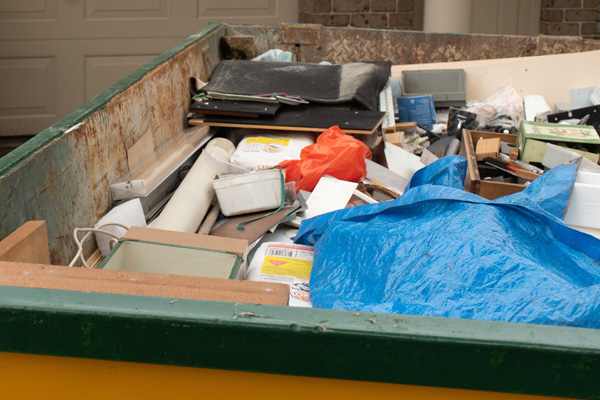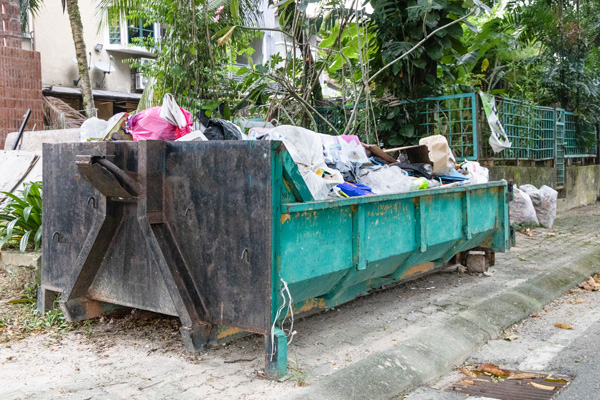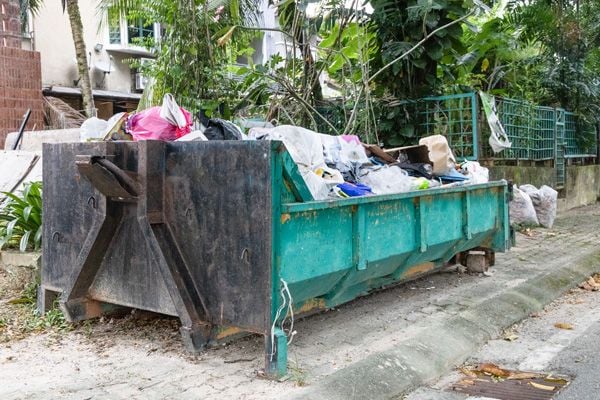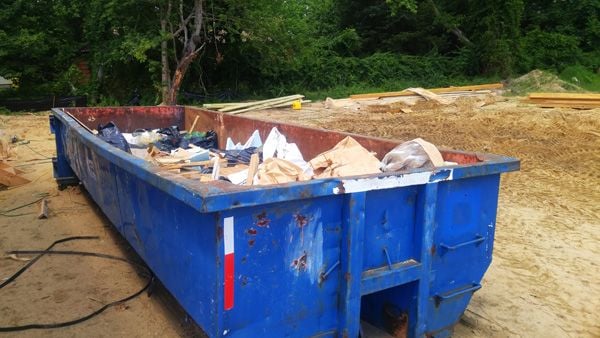How To Dispose Of Tires In Your Dumpster Rental
The disposal of tires is an important environmental concern, as they are not biodegradable and can take up large amounts of space in landfills. In recent years, the use of dumpster rentals has become increasingly popular for disposing of waste materials such as tires. This article will provide important information regarding how to properly dispose of tires through a dumpster rental service. The process begins with selecting the right size dumpster for your needs. Dumpsters come in different sizes that accommodate various volumes and types of trash; it is essential to determine what type and volume of trash you need to dispose of before renting a dumpster. Additionally, some regulations may apply depending on the state or city where you live, so research local regulations first before deciding which rental option works best for you. Finally, proper tire disposal requires sorting between recyclable and non-recyclable tires – check with your local government agencies about their specific requirements for tire recycling laws. Knowing these rules ahead of time should help make the disposal process easier when using a dumpster rental service. With this knowledge in hand, readers will be prepared to safely dispose of their used tires while taking advantage of convenient services like dumpster rentals. Overview Of Tire Disposal Disposing of tires is often likened to a complex puzzle, with many different pieces and solutions. Tire disposal is the process of disposing of scrap tires that can no longer be used for their original purpose due to wear or damage. Recycling facilities are typically the best option for tire disposal as they have the ability to break down the materials in a safe manner. They also help reduce any potential hazardous impacts on human health from truck tires or other types of batteries. When it comes to dumpster rental, there may not always be an option available specifically designed for tire disposal, however some companies do offer this service so research should be done locally before selecting one. With proper recycling and disposal options, the impact on our environment can be minimized while providing alternative uses for these materials in industrial applications such as rubberized asphalt or playground mulch. Understanding how important it is to properly dispose of tires helps ensure their continued usefulness and avoids further risk posed to both people and planet alike. Why Proper Disposal Matters The importance of properly disposing of tires cannot be understated. Waste tires can have a devastating effect on the environment if not disposed of correctly, and it is important that they are taken to tire recycling centers or hazardous waste facilities instead of being left in landfills. Rubber mulch, which is made from recycled tires, can also be used as an alternative to traditional mulch for landscaping projects. Scrap tire transporters should be contacted when dealing with larger amounts of tires since they specialize in transporting large quantities of scrap tires safely and efficiently. Tire recycling centers provide comprehensive services to recycle old and worn-out tires into useful products such as rubber mulch or fuel oil while collecting a disposal fee at the same time. Hazardous waste facilities are another option for disposing of potentially harmful elements found in some types of tires such as lead or other toxins. By following these guidelines for proper tire disposal, individuals can help ensure that their contribution towards protecting the environment does not go unrecognized. Taking steps to dispose of wastes responsibly helps protect our planet’s natural resources and prevents pollution from entering local ecosystems. What Not To Do With Tires In this day and age, it has become a hot topic of discussion: how to properly dispose of tires. While the options may seem limited at first glance, rest assured that there are many ways in which you can responsibly rid yourself of unwanted rubber products. It is important to note however, what not to do with your tires when utilizing a dumpster rental service. First off, it should go without saying that placing them in landfills is highly discouraged. Not only does this create an environmental hazard due to their composition being made up largely of petroleum-based materials, but also adds additional strain on already overcrowded landfill facilities across the country. Instead, seek out scrap tire processors or other disposal services that specialize in handling these types of flammable materials safely and efficiently. It’s also best practice to avoid using old bicycle tires as makeshift access steps into your dumpster rental unit – even if they look brand new! This could result in serious injury or death depending upon the weight capacity of each individual tire and its ability to bear the load placed upon it by its user (i.e., you!). To make matters worse, any resulting damage caused by such activities will most likely be borne solely by you as well since most companies’ terms of service explicitly prohibits any modifications or alterations to their equipment while under lease agreement. The takeaway here is simple: finding responsible methods for disposal or recycling used tires remains paramount given our current state global climate crisis. With appropriate research and planning ahead, you can find suitable outlets for those less-than-desirable rubber items – from local recycling centers to online marketplaces – all within reach. Recycling Centers Recycling tires is an environmentally-friendly way to dispose of them. Many local tire shops offer recycling services for used tires, and some will even pick up the tires from your home or business location. Recycled tires can be repurposed in a variety of ways: 1. Making rubber mulch for playgrounds 2. Creating landscape edging 3. Building a tire swing for children’s play areas 4. Constructing planters for gardens In many cases, however, these recycling centers cannot accept large quantities of tires at one time due to size limitations. If you have more than one or two tires that need disposing of, it may be worth considering renting a roll off dumpster as an alternative solution. When choosing the right dumpster size for the job, consider how much
How To Dispose Of Tires In Your Dumpster Rental Read More »











